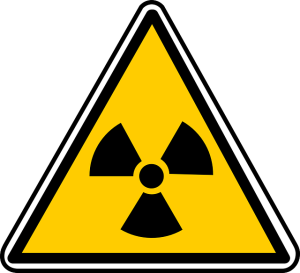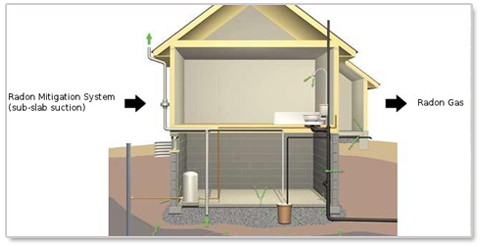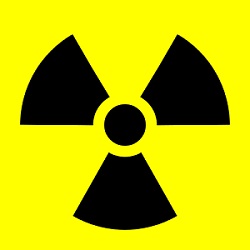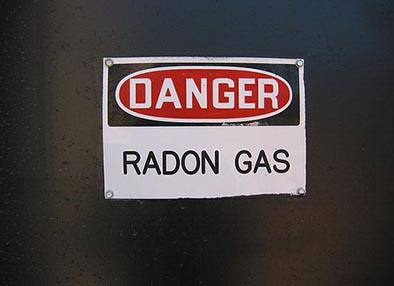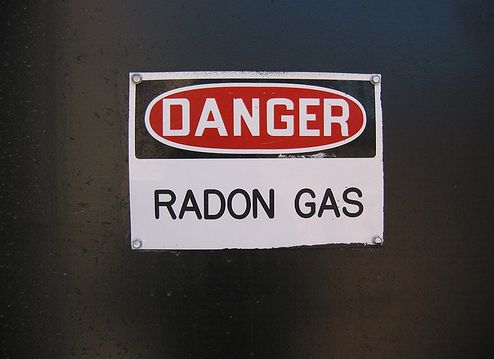How does a Radon test Work?
Since radon is an odorless and colorless gas, many people who have it in their homes may not realize it. Radon is extremely harmful, and it is suggested by the US Environmental Protection Agency as well as the US Surgeon General that every home in America be tested for radon, below the third level.
Short Term & Long Term Tests
The quickest and easiest way to test your home for radon is through a short term test. Some of the most common tests are called: Charcoal canisters, alpha tracks, electret ion chambers, continuous monitors, and charcoal liquid scintillation detectors. The only downside of short-term tests is that you cannot accurately detect the average radon level in your home throughout the year, but it works well if you need fast results to get an idea of whether your home may have a radon problem or not.
While short-term tests usually last a few days to a couple of months, long-term tests will take more than three months to complete. Alpha tracks and electret ion chambers are the most frequently used long-term tests. It is recommended by the EPA to first take a short-term radon test, and follow up with a long-term test if radon levels showed to be high.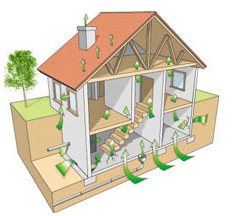
In preparation for a radon test, you should keep your exterior doors and windows closed twelve hours beforehand. Choose a room to conduct the test in, one that is regularly used by you and your household, but not the bathroom or the kitchen. Find a place about 20 inches above the ground where you can keep the radon test kit for the instructed period of time without it being moved or disturbed. When the allotted time is over, seal your radon kit and send it to the lab. You can expect your results to return to you in a couple of weeks.
To learn how Ameriserv can help you test your home for radon, click here.


